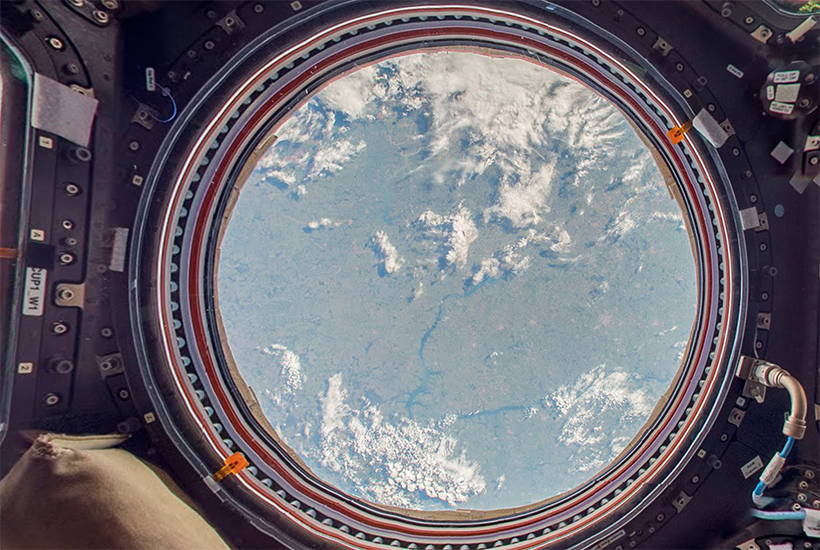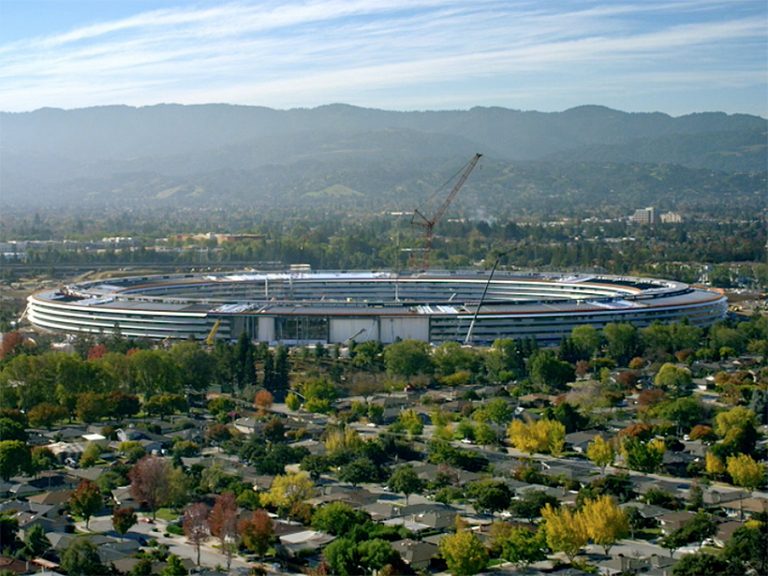Take a Google tour of the International Space Station

Remember being excited the first time you found your workplace and home on Google Street View?
It’s a sign of how far we’ve come that the latest addition to the Google’s global, street-by-street mapping program is the International Space Station, hovering 400km above Earth.
As of this week, Street View will no longer simply allow you to to a virtual drive-by of your office to see if you happened to be grabbing a coffee at the exact moment one of Google’s cars rolled by, it will also let you walk through the ‘office’ of the astronauts who inhabit the 15 connected modules that make up the ISS.
Commercial Insights: Subscribe to receive the latest news and updates
The Street View imagery was the work of astronaut Thomas Pesquet, who spent the first six months of 2017 aboard the ISS and had to the fit the project in around his regular tasks.
Each panoramic, 360-degree view from aboard the spacecraft required Pesquet to take more than 20 individual photographs with a DSLR camera, and then send them back to Earth where they were combined to create the images for the public to view online.
Pesquet explains in a blog post: “Because of the particular constraints of living and working in space, it wasn’t possible to collect Street View using Google’s usual methods.”
“Instead, the Street View team worked with NASA at the Johnson Space Center in Houston, Texas and Marshall Space Flight Center in Huntsville, Alabama to design a gravity-free method of collecting the imagery using DSLR cameras and equipment already on the ISS. Then I collected still photos in space, that were sent down to Earth where they were stitched together to create panoramic 360-degree imagery of the ISS.”

The “Unity” node on the International Space Station Picture: Google
Pesquet says the process was far more complicated in space than it is for the operators who capture Google Street View imagery on Earth.
“The ISS has technical equipment on all surfaces, with lots of cables and a complicated layout with modules shooting off in all directions – left, right, up, down. And it’s a busy place, with six crew members carrying out research and maintenance activities 12 hours a day,” he says.
“There are a lot of obstacles up there, and we had limited time to capture the imagery, so we had to be confident that our approach would work. Oh, and there’s that whole zero gravity thing.”







